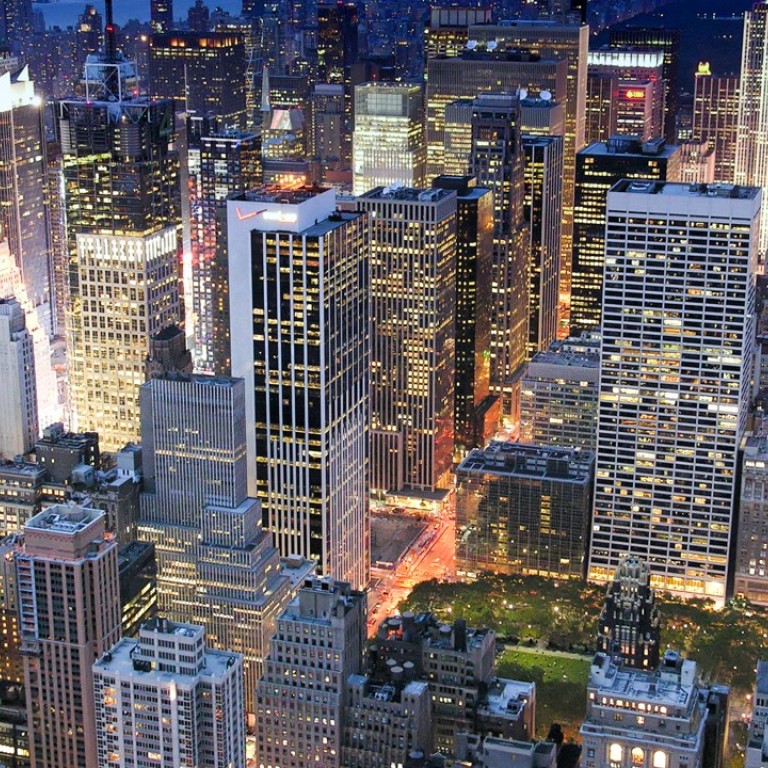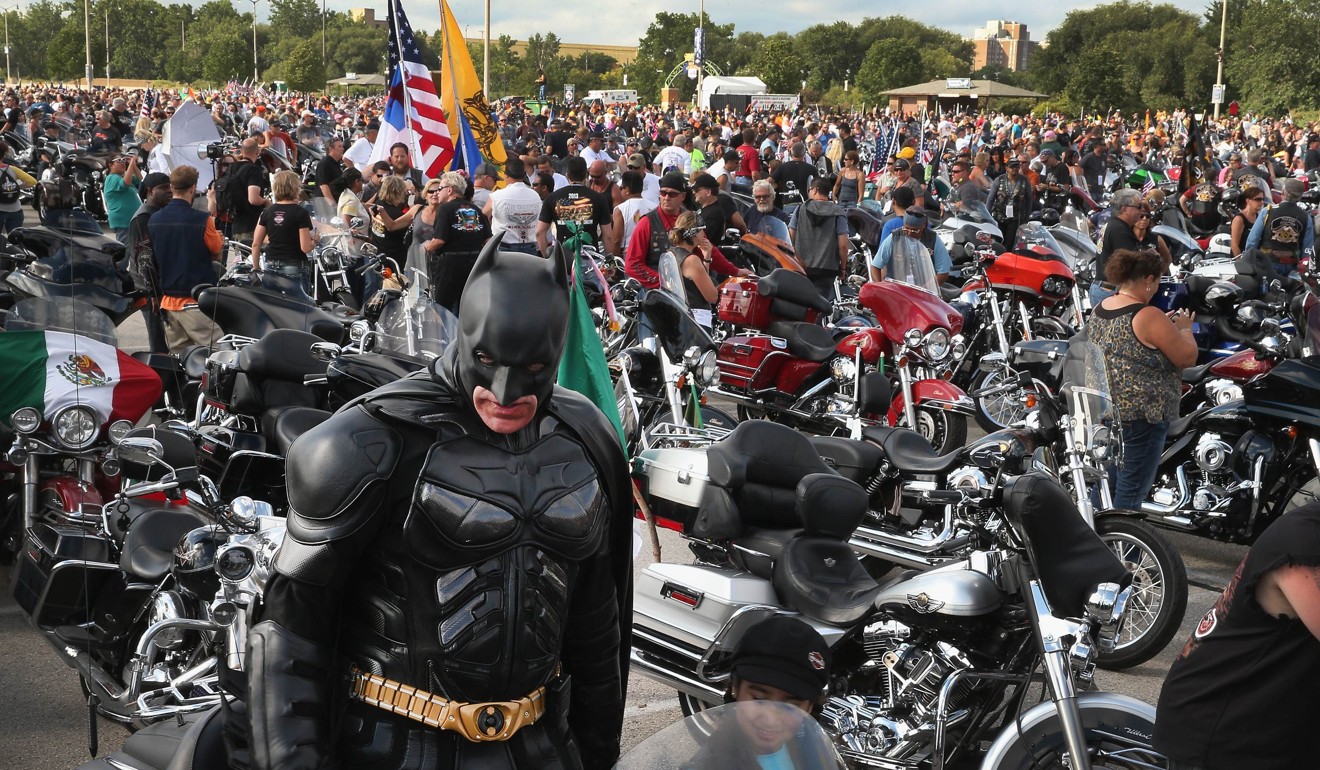
Alarm bells are ringing over noise pollution, the ‘new second-hand smoke’
One of the quietest places in this noisy city is in the middle of the Metropolitan Museum of Art, which draws 7 million visitors a year.
Most don’t know of the tiny Astor Chinese Garden Court tucked deep within the giant museum. And so, it is quiet here.

New York University has a five-year study underway – funded by the National Science Foundation – to monitor noise in New York. The Sounds of New York City project aims to track sound across the city. But what policymakers will do with the information is not yet clear.
The consensus is that if we can keep noise below 70 decibels on average, that would eliminate hearing loss. But the problem is that if noise is more than 50 decibels, there’s an increased risk of heart attack and hypertension
No studies have been done on the change in city noise over time, whether it is getting worse or by how much. But experts point to rising complaints, more lawsuits, more people with hearing problems, and studies showing that noise has negative health effects.
Noise is “the new second-hand-smoke issue,” said Bradley Vite, who pushed for regulations in Elkhart, Indiana, that come with some of the nation’s steepest fines. “It took decades to educate people on the dangers of second-hand smoke. We may need decades to show the impact of second-hand noise.”
The Environmental Protection Agency has said that noise below an average of 70 decibels over 24 hours is safe and won’t cause hearing loss. The National Institute for Occupational Safety and Health says anything below an 85 won’t cause hearing loss for workers exposed to loud machinery.

“We’re in active denial” about the effects of noise, said Rick Neitzel, director of environmental health policy at the University of Michigan in Ann Arbor. “We’re far, far behind what Europe is doing.”
When it mapped noise across the US last year, the Department of Transportation found that 97 per cent of the population is subjected to man-made noise. A recent study of 290 national park sites found that 67 per cent had significant human-caused noise, said Rachel Buxton of Colorado State University in Fort Collins.
Aircraft noise fell by 95 per cent from 1970 to 2004 as plane engines got quieter, according to the Federal Aviation Administration. But local battles over airport and aeroplane noise continue for communities in flight paths. In the national parks, “the biggest culprit is aircraft – the planes overhead – and then road traffic and sounds from industrial sources like oil and natural gas drilling,” said Buxton, who participated in the study of national park noise.
“We’ll be hiking in Rocky Mountain” National Park, she said, and the background noise “drives my husband absolutely loony.”
People in poorer and racially segregated neighbourhoods live with higher levels of noise than other people, according to a 2017 study led by the School of Public Health at the University of California at Berkeley. Neighbourhoods with median annual household incomes below US$25,000 were nearly two decibels louder than neighbourhoods with incomes above US$100,000.
And communities where at least 3 in 4 residents are black had median nighttime noise levels of 46.3 decibels – four decibels louder than communities with no black residents.
Noise doesn’t just affect hearing, noise activists say. A study by the University of Michigan showed an association with cardiovascular disease and heart attacks, according to Neitzel, who conducted the study.
“The consensus is that if we can keep noise below 70 decibels on average, that would eliminate hearing loss,” Neitzel said. “But the problem is that if noise is more than 50 decibels, there’s an increased risk of heart attack and hypertension,” he said. “Noise at 70 decibels is not safe.”
According to the Earth Journalism Network, when you hear a jackhammer, that’s 130 decibels of noise; a chain saw, 110. At a rock concert standing near the speakers? 120. Getting passed by police with sirens blazing? 120. Behind a garbage truck? 100.
At a noisy restaurant? 70.
A few states and cities are beginning to do something – at least a little something – to quiet things down.
In Texas, new “quiet concrete” is being tested on two stretches of highway. The US$12.4 million project is aimed at replacing concrete sound barriers that won’t be needed because highway traffic will be quieter.
“Most of the roaring noise from motorways comes from the tyres on the road, not the engine or exhaust noise,” said Robert Bernhard, vice-president for research at the University of Notre Dame and an expert in noise-control engineering. Traditional concrete is raked with grooves that run across the road to drain water, he said.
Quieter concrete has grooves that go with traffic and drops highway sound levels 5.8 decibels, on average, a study in Texas found. That is equivalent to a roughly 70 per cent reduction in traffic, according to Emily Black, spokeswoman for the Texas Department of Transportation.
In Phoenix, more than 320km of highway have been resurfaced with a concrete mix that uses pieces of old tyres to dampen sound, said Doug Nintzel, spokesman for the Arizona Department of Transportation. Almost 4,000 recycled tyres are used in every 1km of rubberised four-lane highway.
“It means millions of tyres have been recycled and kept out of landfills,” he said.
Elkhart backs up its regulations against “loud and raucous sounds” with stiff fines, particularly for hot rods and tricked-out motorcycles whose exhaust systems have been manipulated to make them louder. The first violation will cost you US$250, rising to $1,500 for the fourth violation and every one after that.

